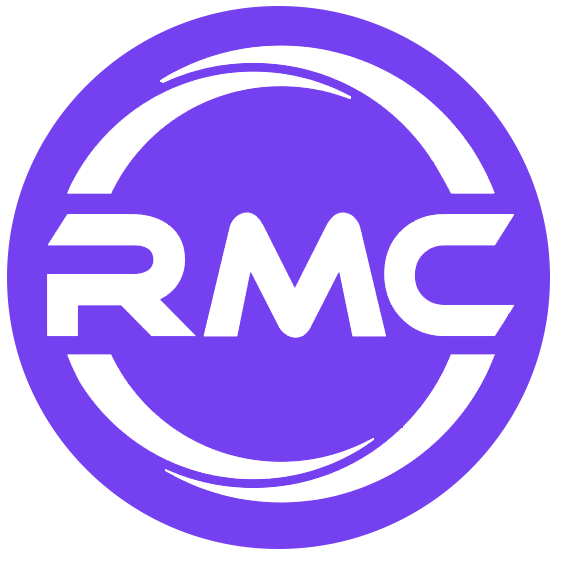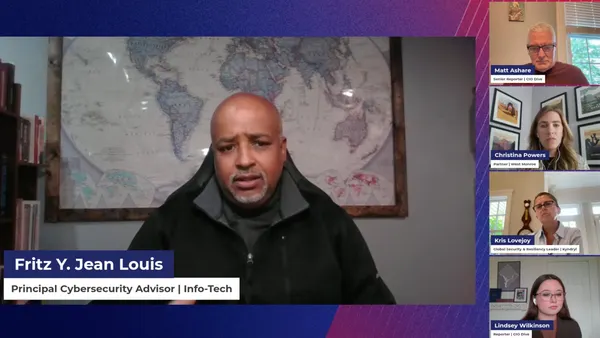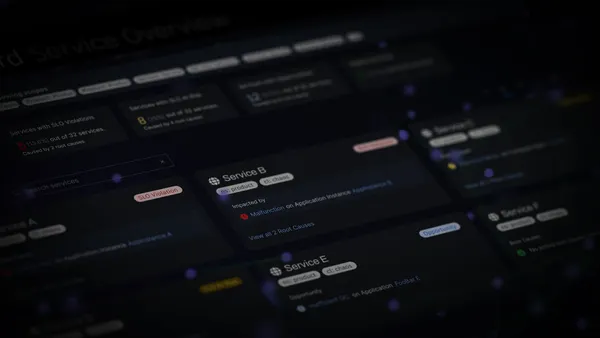Dive Brief:
-
In traditional supply and demand models, the assumption is the cost of production increases as supply increases, but software is its own animal, according to Bill Gates in a recent blog post. Once a unit of software is created, every subsequent unit is "virtually free to produce," he said.
-
Software is an intangible asset, alongside data, insurance and e-books, according to the blog. Gates cites the book "Capitalism Without Capital" to describe the inherent differences "in terms of competition and risk and how you value the companies that make them."
-
The book describes intangible assets to be "more scalable" because "products can be replicated ad infinitum for next to nothing." Compared to tangible assets, intangible assets are more likely to exhibit "synergies" when paired with other intangible assets.
Dive Insight:
Data increasingly is wielded as a currency. But it is a type of currency that can be spent over and over again to drive significant business value in a variety of ways. In this way, data is a unique kind of intangible asset.
But "accountants haven't come around to recognizing information as an asset" and if information isn't used to its full extent, if it isn't measured like a balance sheet asset, potential benefits will never be reached, according to Doug Laney, VP and distinguished analyst at Gartner, in an interview with CIO Dive.
Traditional economic principles don't really work for intangible assets, at least they cannot be adequately applied in the context of intangible assets, according to Laney.
In 1975, tangible assets accounted for 83% of the contributions to the economy, according to a 2017 Ocean Tomo asset market study. By 2015, that number was essentially reversed — 84% of the economy was comprised of intangible assets.
Economists consider information to be non-rivalrous, non-depleting and regenerative, meaning it can be used by several people simultaneously for different purposes, it never depletes and the use of data and can drive more data, according to Laney.
For example, when Amazon uses customer data to recommend products, the customer's decision to buy or ignore the recommendation elicits more data Amazon can collect.
There are various categories of intangible assets like balance sheet assets that are more recognizable as assets in the form of copyrights, patents and trademarks. However, other types of intangible assets are harder to measure — like brand or labor — because they don't qualify as assets under the formal definition.
Assets can be used rather broadly, but the definition pertains to something that is "owned and controlled," he said, therefore it fails to acknowledge labor as an asset "because you can't own people."
Laney narrows in on intangible assets in the form of information assets, unique "because it's not a balance sheet asset but it meets all the criteria." Information is something that can be owned, controlled, exchanged and so forth.
Essentially, Laney and Gates are making a call to action. The modern era addresses the value of assets differently than in decades past and just because policy has yet to catch up, doesn't mean companies have to wait too.
Organizations may not be able to change existing accounting practices but they can "engage in change by ignoring what the accountants say," he said. This isn't to say companies don't have to maintain their books but perhaps introduce internal books that measure the value of their data.
This process can help find underused data, which could yield a high economic value and innovate around it. Organizations are making mistakes by not explicitly understanding information as an asset and therefore not treating, managing, measuring or thinking about in a variety of ways that they can monetize it for its "unique economic properties."













